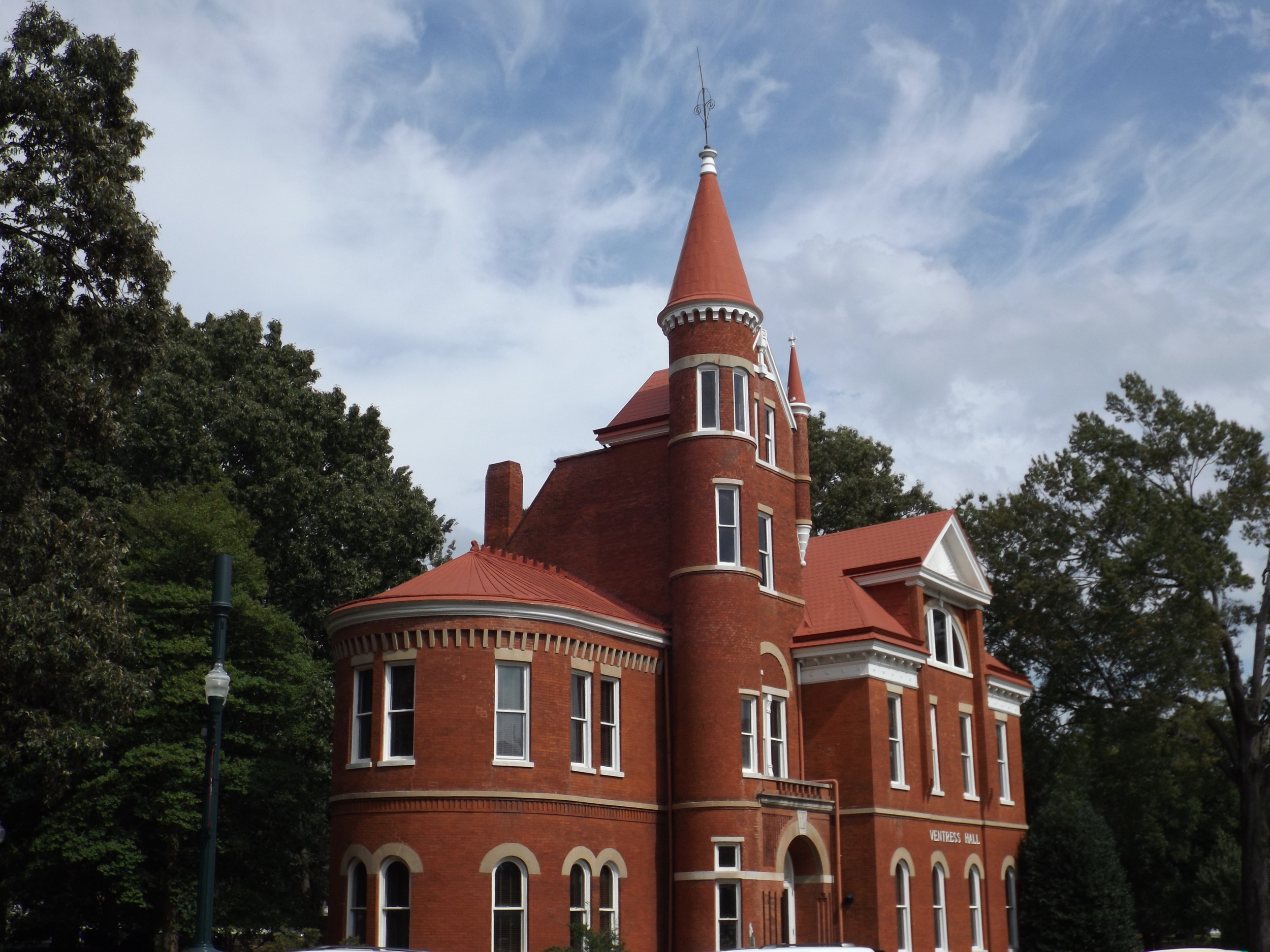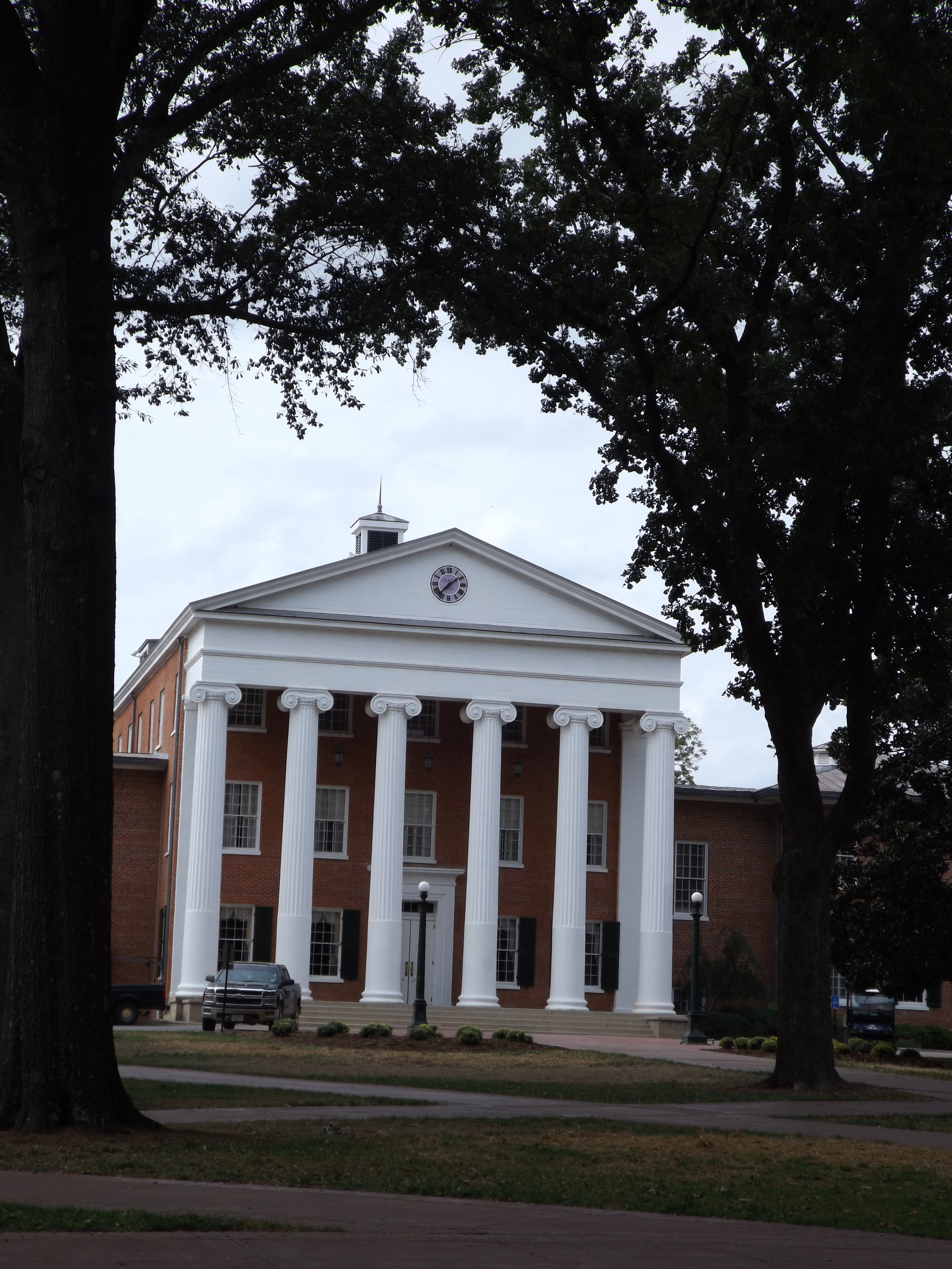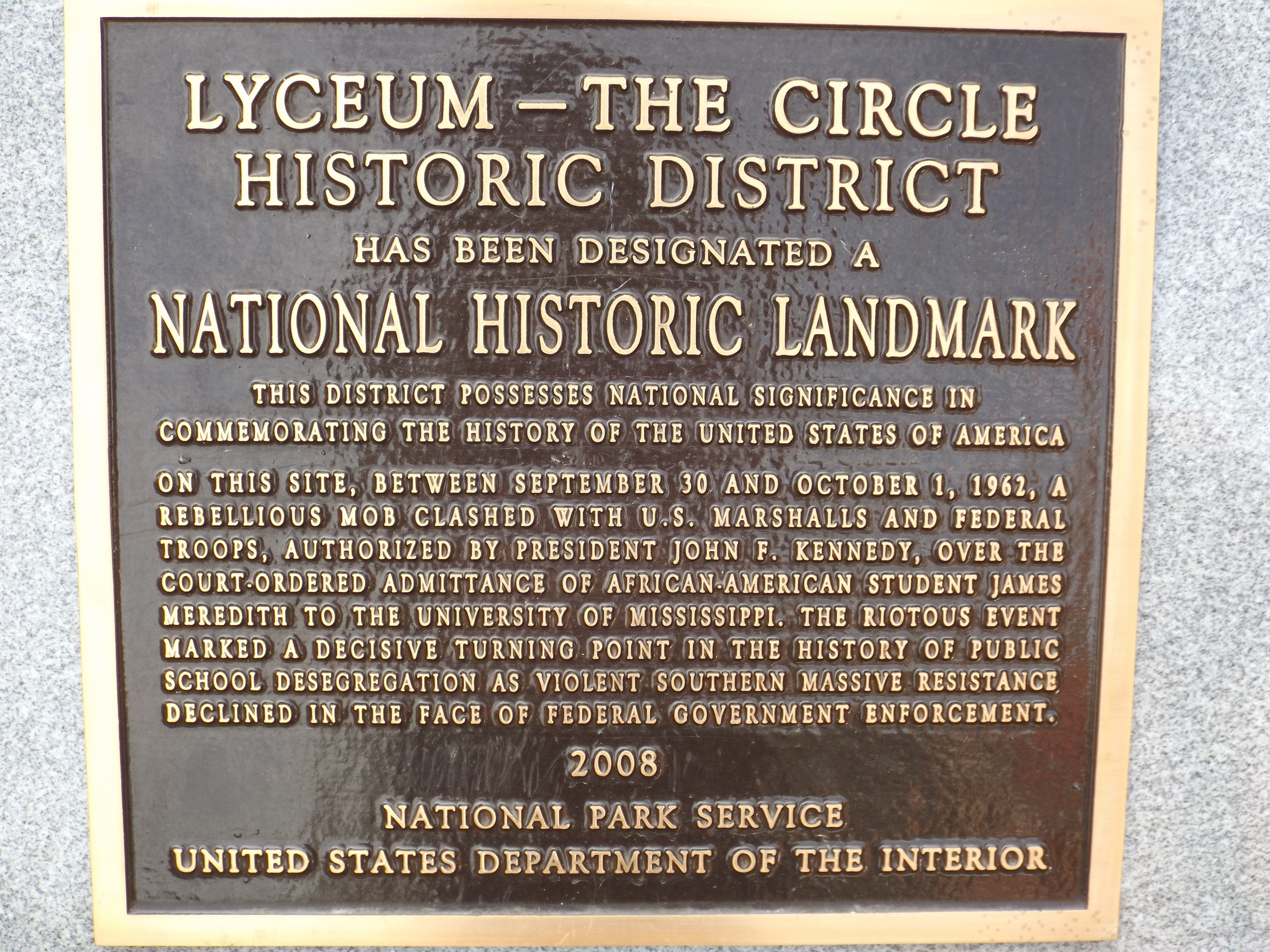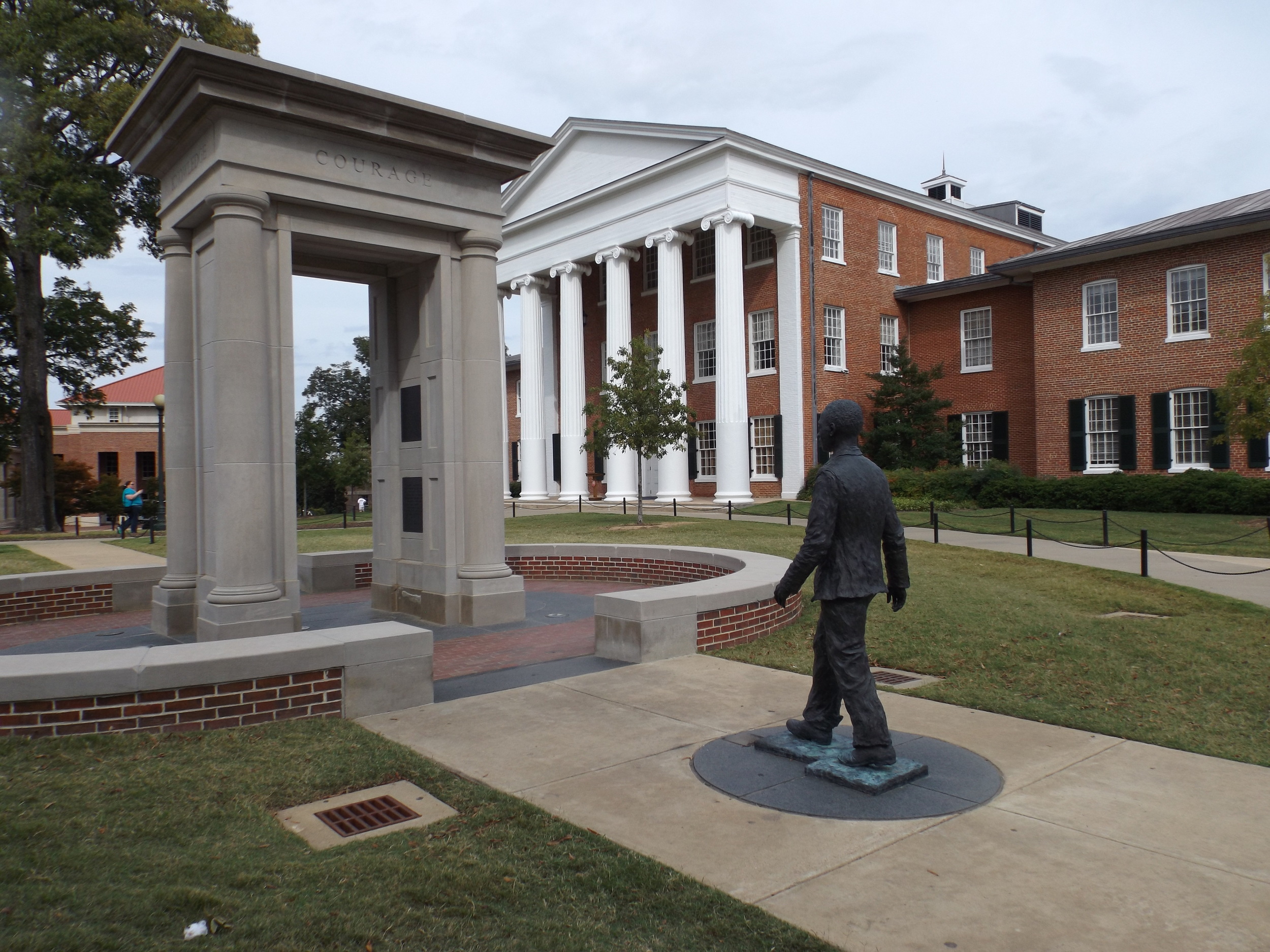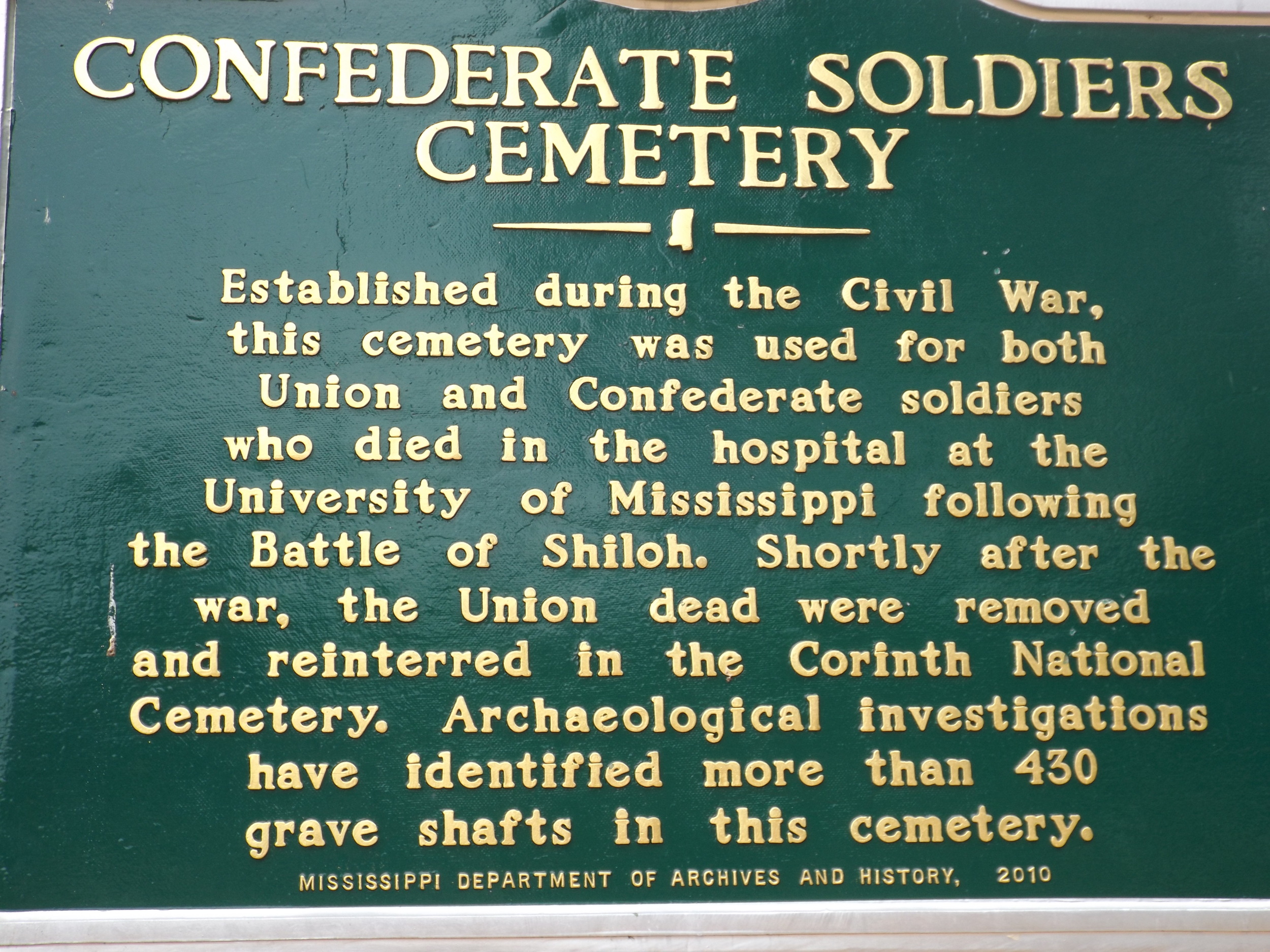Why Some Southern College Campuses Cannot Escape their Confederate Past: The University of Mississippi
/Ole Miss has been in the news several times in the last couple of years, dealing with its Civil War and Civil Rights legacy. In 2010, the university made headlines when they changed their school mascot away from one that highlighted its Confederate heritage. In 2014, an Ole Miss fraternity was shut down after students placed a noose on the statue of James Meredith, the first black student to enroll in the all-white school. Most recently, the university joined the Confederate flag debate when the students and faculty chose to remove the state flag, which includes Confederate symbols, from the campus.
The University of Mississippi, like many southern colleges, found itself embroiled in the Civil War. Founded in 1844, at the time the Civil War began it was Mississippi’s only higher education institution. With the call to arms, only four students showed up for classes in 1861, the other 135 students having enlisted in the Confederate army. Because of the low turn-out, the university temporarily closed while its student body fought in the war. The university’s students made up the majority of Company A, 11th Mississippi, nicknamed the “University Greys.” From that point, the University of Mississippi built a Civil War legacy that has marked its campus. Just walking around the university you can see signs of the Civil War and the resulting civil rights legacy.
One famous landmark on the campus is the Tiffany stained glass window located in Ventress Hall dedicated to the University Greys. The story of the Greys ends in tragedy. The 11th Mississippi went forward during the Pickett-Pettigrew-Trimble charge on the third day of Gettysburg, and the University Greys suffered 100% causalities. Every member of the company was either killed or wounded. After Gettysburg, Company A was merged with Company G and the survivors continued to fight until the end of the war. When Ole Miss reopened, only one veteran returned to address the new student body. When Ventress Hall was constructed in 1889 as the university library the Alumni Association and Delta Gamma sorority sponsored the stained glass window as a memorial to the University Greys.
Just across the street from Ventress Hall stands a large Confederate monument. While not specifically commemorating the Greys, this monument was dedicated by local citizens in 1906 to honor “our Confederate dead.” It stands as a prominent feature of Lyceum Circle, the central portion of the campus. The Lyceum building itself was used as a hospital during the war, especially after the Battle of Shiloh which occurred just across the state line to the north.
Mixed with this Civil War legacy are markers to the Civil Rights movement that also made its mark on the campus. In 1962 James Meredith, a United States Air Force veteran, successfully sued the university for his admission into the college. The governor, students, and local citizens moved to prevent Meredith from entering the campus, until he was finally escorted by a force of United States Marshals on September 30, 1962. That evening a crowd formed to protest Meredith’s enrollment and it turned into a riot where two people were killed and many more injured. Meredith was eventually allowed to enroll and begin classes on October 1 after federal forces established control over the area. Two monuments note this contentious history. One, a plaque,that sits directly next to the Confederate monument declared the “Lyceum—The Circle” as a National Historic Landmark for the civil rights riots that occurred there on September 30. The other, located on the other side of the Lyceum from the Circle, is a large monument commemorating Meredith’s desegregation of the university.
These are all in the central portion of the campus, but one of the largest scars left by the Civil War is less visible, tucked away behind athletic buildings near the football stadium. Surrounded by a stone wall is a bare plot of land with a single monument at the center—a Confederate cemetery. Used to bury both Union and Confederate soldiers who died in the hospital on the campus after Shiloh, only the Confederate burials remain today. The Union soldiers were reinterred in the National Cemetery at Corinth after the war. No headstones exist in the cemetery, these are all unknown burials, marked only by the monument at the center of the plot.
The legacy of the Civil War is literally buried on campus at the University of Mississippi and the university has been dealing with it in the more than 150 years that have passed. Sometimes this legacy reemerges in a negative way, such as the desegregation riots and the more recent noose placed on the Meredith statue. But the university has taken steps to confront their history. One of the biggest changes, of course, was retiring their old mascot “Colonel Reb” in 2010 in favor of “Rebel” the black bear. More recently, students led the call to remove the state flag (with its Confederate symbolism) and the university worked to place a plaque to interpret the Confederate monument for the public.
The University of Mississippi is confronting its Civil War legacy in the twenty-first century, but it will never fully escape the history that is all over its campus. Many other southern universities are having similar conversations about their own legacies and how the Civil War is commemorated on their campuses. In all of these conversations about the Civil War legacy, both on and off campus, it is important to realize how deep and difficult that legacy is and how its scars and memory are still very visible.
UPDATE July 2017: "Ole Miss will rename Vardaman Hall, contextualize several campus spots tied to Confederate history," Oxford Eagle
Kathleen Logothetis Thompson graduated from Siena College in May 2010 with a B.A. in History and a Certificate in Revolutionary Era Studies. She earned her M.A. in History from West Virginia University in May 2012. Her thesis “A Question of Life or Death: Suicide and Survival in the Union Army” examines wartime suicide among Union soldiers, its causes, and the reasons that army saw a relatively low suicide rate. She is currently pursuing her PhD at West Virginia University with research on mental trauma in the Civil War. In addition, Kathleen was a seasonal interpreter at Fredericksburg & Spotsylvania National Military Park from 2010-2014 and has worked on various other publications and projects.





